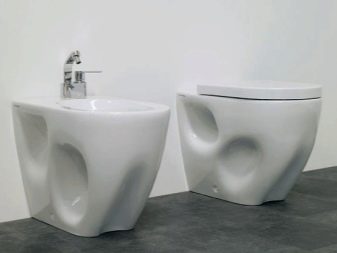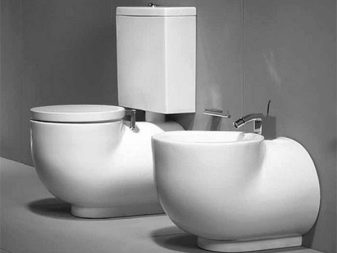Floor bidet
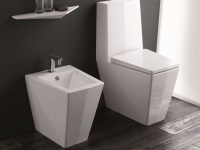
One of the stages of repair in the bathroom is the replacement of plumbing. Choosing a new toilet, to him in a pair very often buy and bidet. The popularity of floor models of bidets is much higher than the suspended ones. Let's find out what is good about such plumbing and how to install it.
Advantages
- Floor bidet can be installed in a room where the repair is already completed. At the same time for the installation does not require much effort and time.
- This type of bidet is psychologically perceived as more robust than the wall-hung version.
- The advantage of the floor bidet is also a lower price than the built-in models.
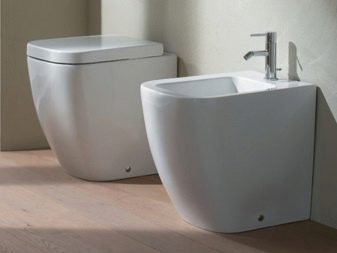
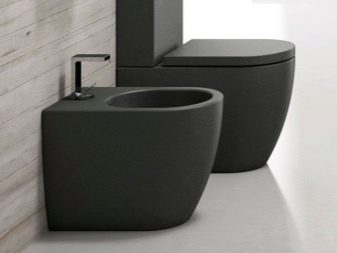
Disadvantages .
- This model of bidet complicates cleaning, as behind the device are formed "dead zones", access to which is limited.
- Floor-standing bidet takes more space than any hanging model.
- Such a bidet is "tied" to the drain.
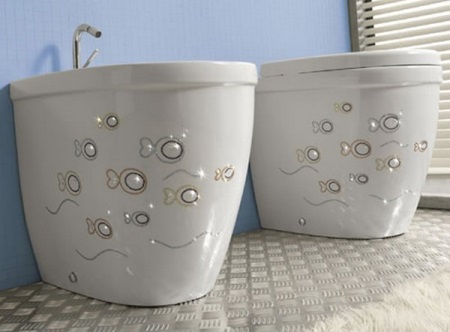
Materials
For the production of modern models of the bidet use the same materials from which toilets are made. Most often such devices are made of porcelain and sanitary ware. Porcelain is of higher quality, but also a higher price.
Bidets made of porcelain stands out due to the absence of porosity, so such sanitary ware does not absorb water, unpleasant odors and pollution. Earthenware products with porcelain glaze have the same properties, but durability is lower (over time the glaze chips off). Products made of porcelain last about 50 years, and faience - up to 30 years.
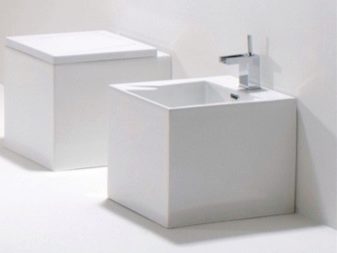
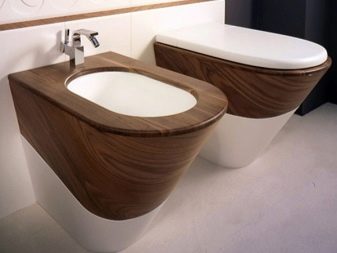
Sensor
Modern models of bidets with a lid have a sensor that reacts to the presence and movement of a person. When you approach him, the lid will automatically open. If there is no one in the sensor reaction field for a long time, the lid will automatically close. Also through the sensor can adjust the heating of the seat.
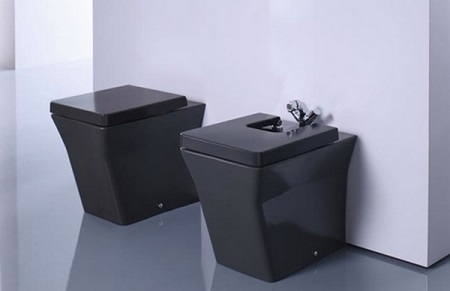
How to choose?
- Before you buy a floor model bidet, study the sewer outlet in your apartment, in particular, the direction of the pipe. It should coincide with the purchased sanitary ware.
- The floor bidet can have both a traditional faucet in the form of a faucet with the ability to regulate the direction and head of the water jet, and "fountain" from the bottom of the device. The choice of the more convenient option will be based on your personal desires.
- In choosing a bidet, take into account the appearance of your toilet bowl. Very often the bidet is purchased at the same time as the toilet, selecting both devices in the same style and color. If the toilet is already installed, and the bidet is only planned, it is worth looking for a suitable design and color variant.
- If you decide to buy a bidet made of porcelain, be careful not to buy an earthenware model with a porcelain finish. Determine the material of the selected bidet on inspection can be very difficult, so study the documentation that accompanies the plumbing, as well as choose products from a well-known manufacturer.
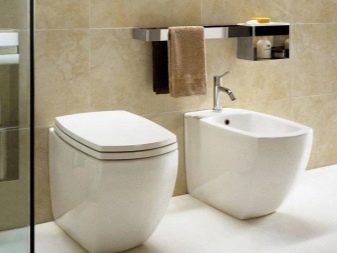
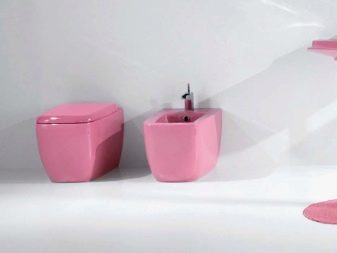
Placement
Traditionally, the place to install a bidet is the area of the bathroom next to the toilet. The optimal distance between these two sanitary devices will be 70 centimeters.
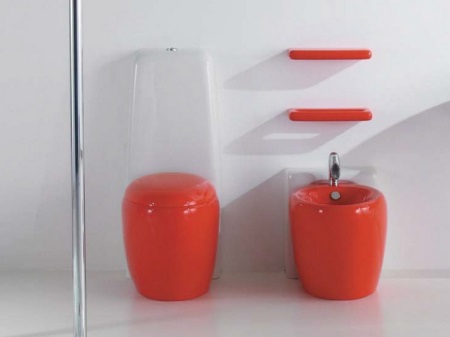
Installation
In the installation of the floor model of the bidet, there are the following steps:
- Preparation. You should make sure that all the equipment needed to install the bidet, you have available. Check the number of holes in the bowl, which should be three - against the overflow and under the faucet, as well as for the trap. Most often the trap and faucet are not included in the set, so they are purchased separately, taking into account the style of the bathroom.
- Fixing the faucet to the bowl. Start by fixing the flexible hoses in the threaded sockets of the mixer, and then extend them into the holes provided in the bowl. Next, the mixer must be secured with the nut, carefully using tools so as not to damage the bidet bowl. Rubber gaskets must be inserted between the bidet body and washers.
- Assembling the siphon. The trap can be made of brass, plastic or stainless steel. When assembling it, first you need to screw in the throat (drainage grid), and then connect the end of the siphon to it and tighten the connection by hand. Next, the siphon is pulled from the back of the device.
- Fixing the bidet to the floor. To install the bidet correctly, it is worth making a marking. To do this, install the product in the selected location and use a pencil or marker to mark its location on the floor. Then make a marking of the places of future fasteners. To make the holes use a hole punch (if the coating is concrete) or impact drill (if the floor is tiled). After clearing the surface of debris, the bidet is fixed with bolts and dowels, not forgetting about the sealing rubber gaskets.
- Connecting the device to the sewer. The corrugated siphon is inserted into the sewage pipe.
- Trial use. It will help ensure that the water flows correctly in the device and removed to the drain. Valves open fully and inspect the pipes to see if there are any leaks.
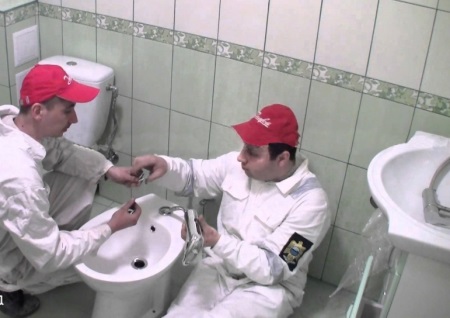
When installing a floor bidet, you should consider these nuances:
- Do not overtighten the fixtures so as not to cause a leak.
- The faucet should be positioned in the center of the place where it will be located.
- Put rubber washers under the nuts that fasten the mixer to the bidet. This way you will avoid cracking in the tightening points.
- It is recommended to treat all joints with sealant.
